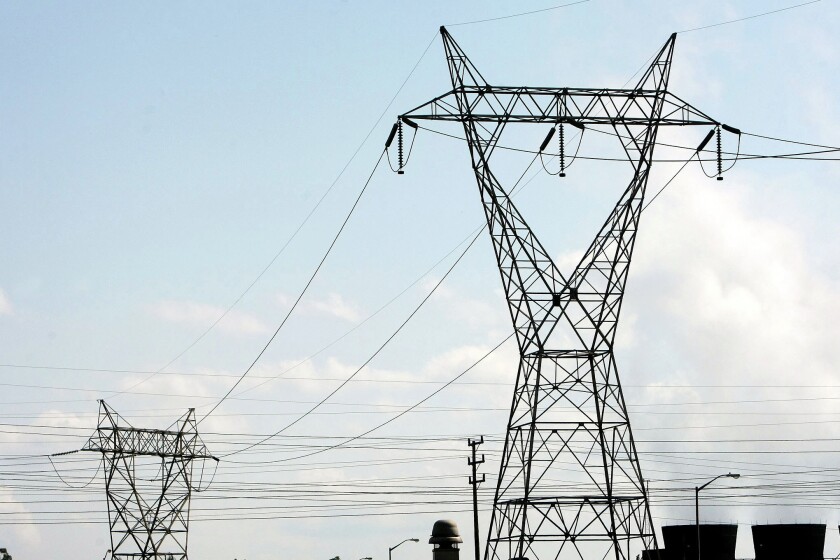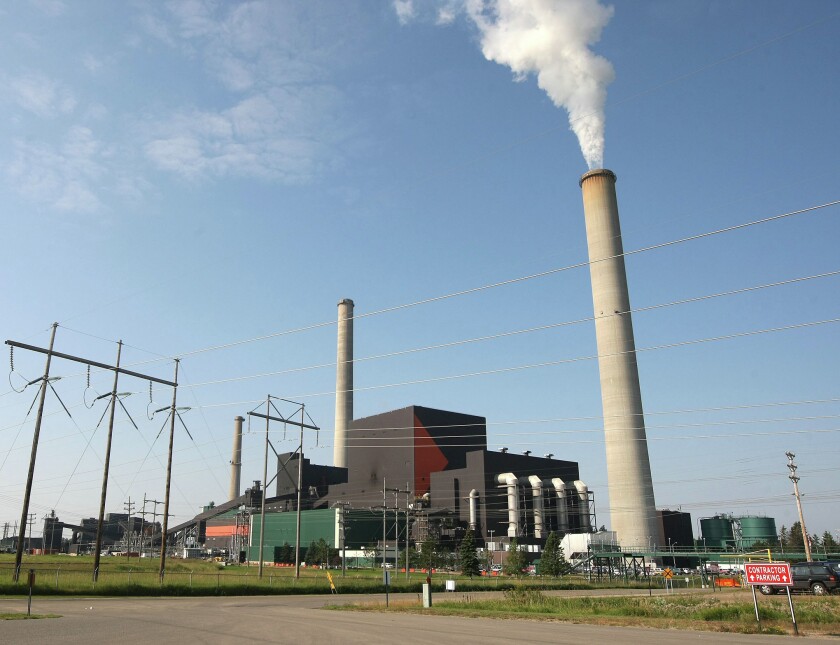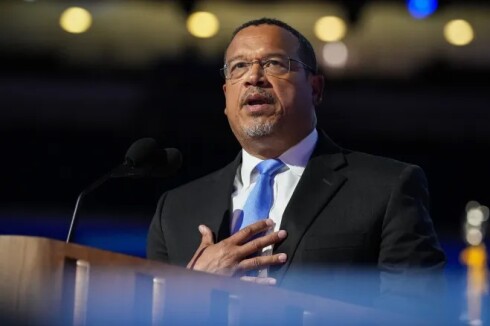DULUTH — The region’s grid could face an electric capacity shortfall next summer as electricity demand grows and power plants retire, the Midcontinent Independent System Operator warned.
MISO, which oversees the grid in the central United States from Minnesota to Louisiana, said in its annual survey released last month that if 2.3 gigawatts of new capacity, the three-year average, continues to be added annually, then the north/central region could face up to a 3.7-gigawatt shortage next summer. That could grow to a 12.9-gigawatt deficit by the end of the decade.
ADVERTISEMENT
MISO said the possible deficit would be driven by the retirement of power plants and the delay of new power sources coupled with additional demand, including data centers, large manufacturing sites, increased electrification and increased cooling demands due to the warming effects of climate change.
“If the higher range of load additions comes to fruition — without a corresponding increase in capacity additions — the MISO region will likely see increased capacity deficiencies in the future,” MISO said in a news release last month.
In an alternative projection that assumes 6.1 gigawatts of capacity is added annually, there would only be a 1-gigawatt shortage next summer and a slight surplus by 2027.
“There is an urgent need to continue and increase collaboration with our state regulators to ensure the evolving generation fleet can meet the growing demands across our footprint,” MISO CEO John Bear said in the release.
But customers should not expect rolling blackouts next summer, a worst-case scenario when demand is too high.
Emergency procedures are in place to allow for sharing power among other states, regions and Canada if the grid gets tight or a major event happens, according to Julie Pierce, vice president of planning and strategy and planning for Minnesota Power.
Pierce said the MISO survey can inform power companies’ timing of maintenance projects so that a unit at power plants isn’t taken offline when it is needed most.
ADVERTISEMENT
“It’s basically a planning tool,” Pierce said. “It’s not a crisis mode by any means.”
The survey will help utilities plan in the long term, too. Since everyone on the grid is connected, Pierce said knowing what infrastructure other utilities are or are not building will guide its own integrated resource plan due next year.
An integrated resource plan is a regulatory filing that outlines the company’s expected energy demands and sources for the next 15 years.
Its most recent plan, approved by the Minnesota Public Utilities Commission in 2022, Minnesota Power laid out plans for adding up to 700 megawatts of wind and solar and retiring its last two remaining coal-fired power plants at the Boswell Energy Center in Cohasset in 2030 and 2035, which produce a combined 800 megawatts.
Since 2020, Minnesota Power has produced 50% of its energy from renewable sources, but Minnesota law will require 100% of the state’s power to be carbon-free by 2040.
However, bringing new energy sources can take time, and some projects have been delayed.
In its report, MISO said the “ongoing delays to capacity additions due to supply chain bottlenecks, permitting delays, and commercial challenges” factor into projected deficits.
ADVERTISEMENT
Pierce pointed to Nemadji Trail Energy Center, a proposed natural gas power plant in Superior that has faced years of permitting and regulatory delays.
While Minnesota Power, Dairyland Power and Basin Electric Power Cooperative have maintained the 625-megawatt facility is necessary to provide power when solar and wind sources need backup and as coal plants retire, opponents argue a new fossil fuel plant should not be built amid worsening climate change.
“You have to have the resource there to replace it before you retire anything,” Pierce said.
Meanwhile, Minnesota Power, like other utilities, expects electricity use to increase.
“We need to take care of the grid and carefully think about how we pace the next step so that we don’t jeopardize reliability as a broad region,” Pierce said.










